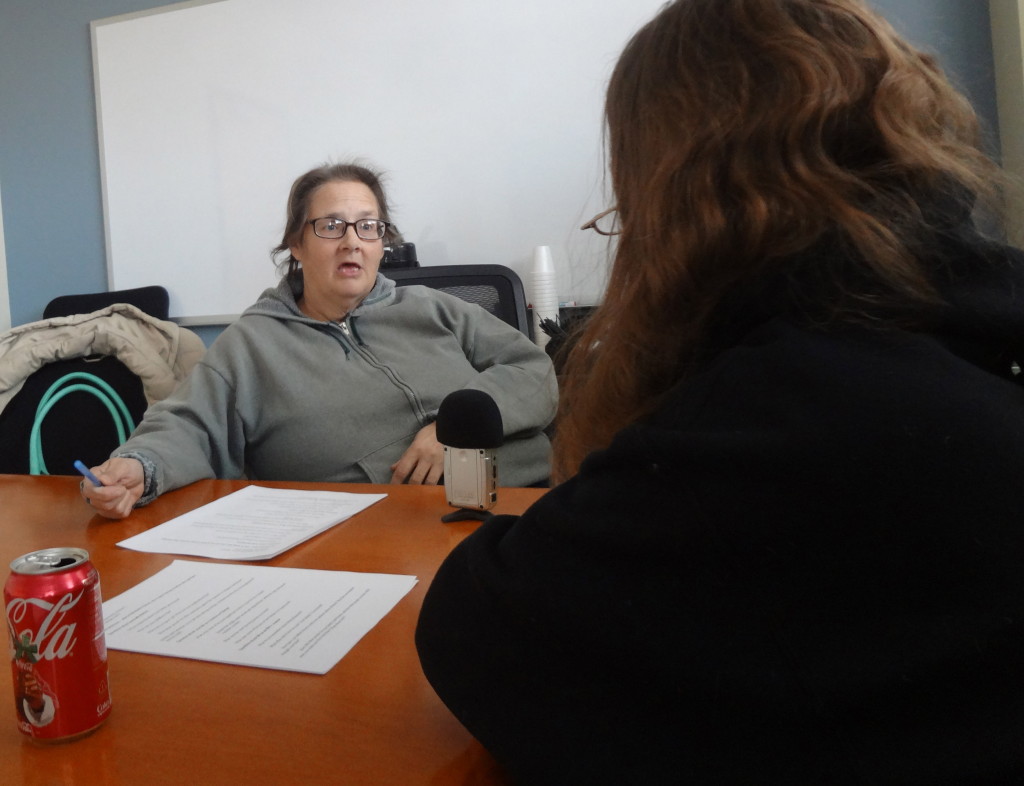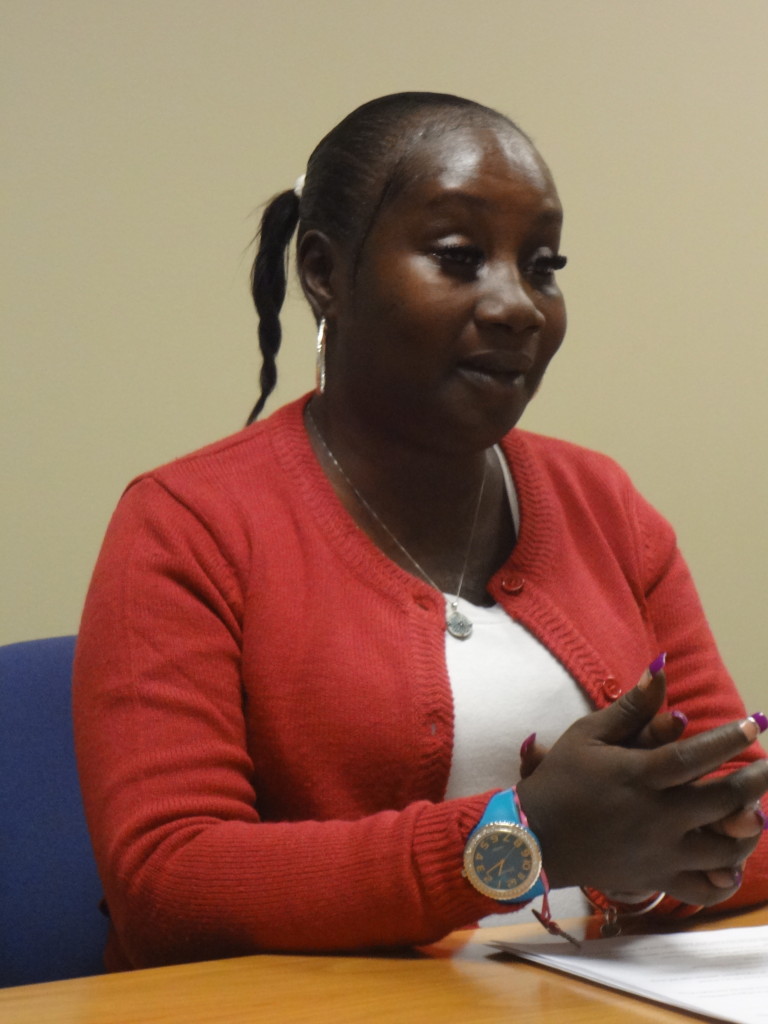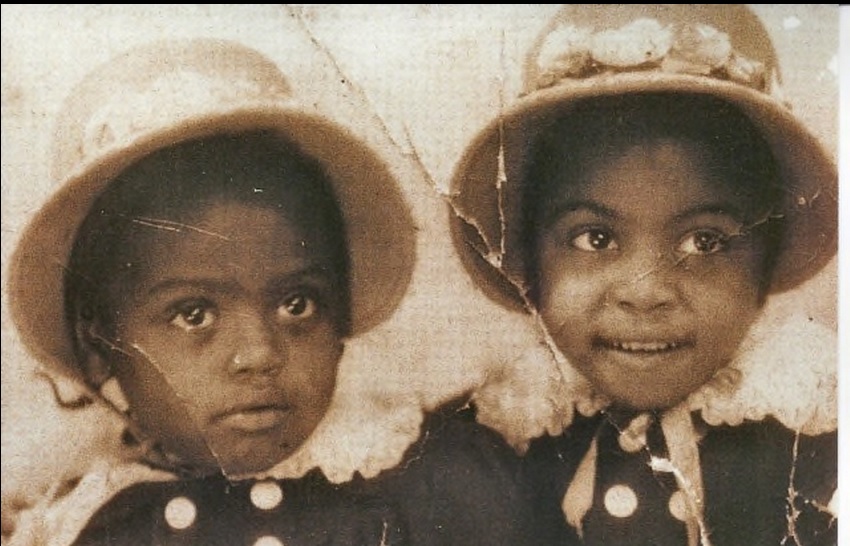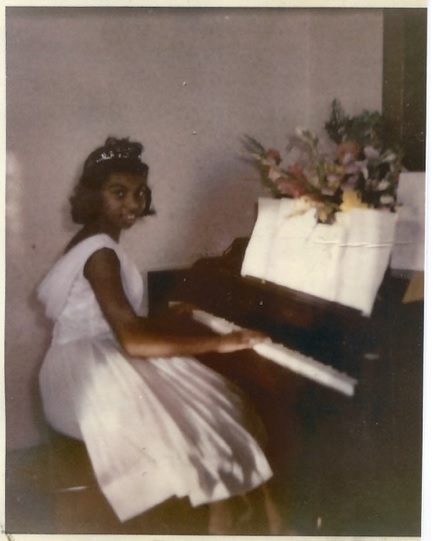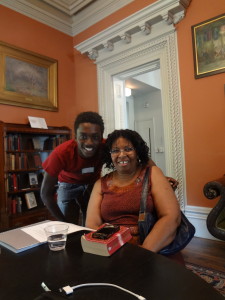I’m Still Surviving is a living women’s history of HIV/AIDS. In this digital exhibition, you will find hundreds of excerpts from 39 women’s oral history narratives, each of whom comes from cities and towns in one of three states: New York, Illinois and North Carolina. Their lives share similarities and differences that can be tracked in minute detail, even as the connections among them can go in infinite directions. We invite you to engage and participate in this material, all of which when taken together raises a set of surprising issues and experiences about what health means and how we can live in a world that centers wellness in direct response to systemic violence and racism.
Author: admin
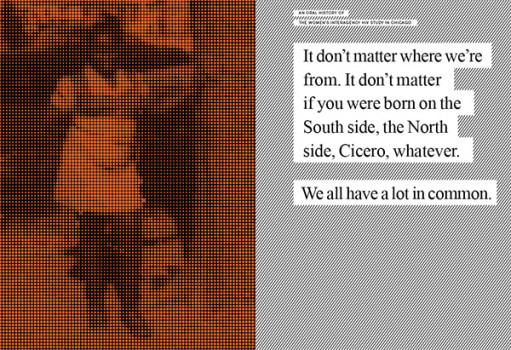
Through a participatory process that included workshops, collaborative working sessions, the use of specially designed history-making toolkits and plenty of candid dialogue, the History Moves team worked with the women of WIHS Chicago to create their own chapter in the history of Chicago. The women worked in pairs to interview one another, producing stories of staggering heartbreak and courage, tremendous loss and pain, and incomparable tales of redemption, determination, and spirit. Ultimately, these overlapping personal narratives produce a collage of all forms of social inequities and injustices—a mosaic of recent and contemporary urban life. With the individual oral histories as a guide, we then worked with the women to collect visual materials—photos, documents, hand-written stories and poems—to accompany their words.
The Book
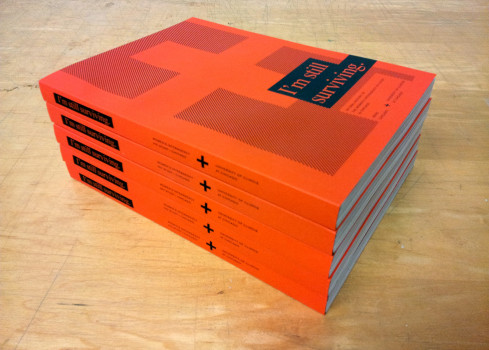
In the collaboration between History Moves and WIHS Chicago, this book is the first output that aggregates the personal stories into a shared history—using the methods of design to translate the individual into the collective. Working from the book, the team continues to expand and distribute the material with a few more projects in the works: a short film as well as a mobile exhibition.
— project team —
Jennifer Brier, PhD: lead historian
Matthew Wizinsky: lead designer
Catherine Jett, MPH: research assistant
Alexander Hayashi: asst. designer
Mardge Cohen, MD: principal investigator, WIHS Chicago
Kathleen Weber, project director, WIHS Chicago
Ellen Almirol, asst. project director, WIHS Chicago

Born and raised on Chicago’s Southside, LaVerne Martin first attended Stephen A. Douglas School, on 33rd and Prairie, in 1954. When she started CPS at the age of 4, LaVerne knew nothing about Brown v. Board of Education and its ruling on desegregation in public schools, but racial segregation and inequality in Chicago affected her entire career at CPS, both as a student and then as a teacher.
LaVerne (right) with her sister Tina. The girls were 3 and 4, and LaVerne would soon attend her first Chicago Public School, Stephen A. Douglas Elementary in Bronzeville.
LaVerne on the day of her 8th grade graduation from Carrie Jacobs Bond Elementary School in 1962 (at 71st and Racine). She was its first valedictorian and spent the entire year working in the library after she found her classroom noisy and distracting. LaVerne had been attending Daniel S. Wentworth School (Morgan and 69th, a school that closed in 2013), but because of overcrowding caused by racial segregation, she completed 8th grade at Bond. Though the schools were only 6 blocks apart, she had to cross racial lines to attend Bond.
Listen to LaVerne talk about learning black history through her family’s history.
Listen to LaVerne talk about how she became a teacher despite attempts to keep blacks from becoming certified.
In 2010, LaVerne retired from teaching, having taught in CPS for 40 years.
On July 22, 2013, Richard Richard, a CFS Freedom Fellow and undergraduate at Clark University in Atlanta, interviewed LaVerne at the Jane-Addams Hull House Museum.
The Making of NITY

Not in the Yearbooks takes a student perspective on Chicago’s public schools in the postwar period. This public history project brought together ten Chicago Freedom School Freedom Fellows, aged 14-20, with UIC faculty, students and staff, as well as library and information specialists at the Read/Write Library. Not in the Yearbooks began with the idea that students have a historical perspective on the recent past, and are capable of capturing the historical perspectives of adults who were once students in area schools. Between May 2013 and August 2013 the Freedom Fellows collected and interpreted almost a dozen first person narratives from CPS teachers who had been CPS students.
The Freedom Fellows participated in five workshops designed to turn them into public history makers and curators. First, historian Elizabeth Todd-Breland of UIC shared her historical research on the specific ways that student, teacher, and community protest have animated this history. The fellows then visited UIC’s Daley Library to work with Special Collection archivist Val Harris and gained critical interview skills in a workshop with oral historians and sound curators, Marie Scatena and Heather Radke. The final workshops were held at the Read/Write Library, where the fellows practiced participatory archiving with Executive Director Nell Taylor and learned about Chicago-based artist Samantha Hill’s Kinship Project, which displays African American family history through digital archiving and art making.
Not In The Year Books

In 2013, ten Freedom Fellows from the Chicago Freedom School worked with History Moves to create an intergenerational history project called “Not in the Yearbooks.”
Each fellow interviewed a CPS teacher who was once a CPS student. They also interviewed one another. The stories, which span 1940 to the present, explore how young people have consistently shaped the history of Chicago’s schools.

